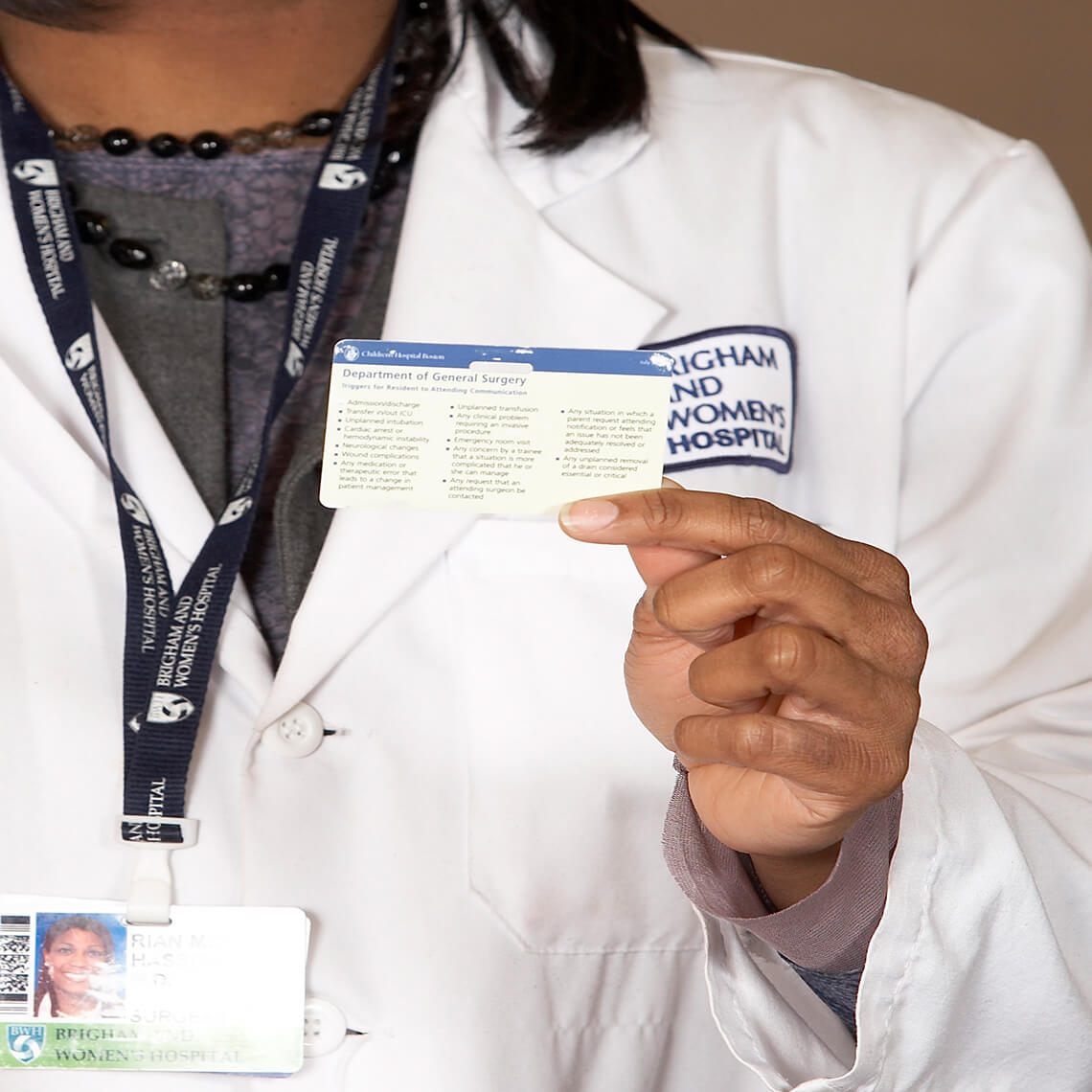Blog Post
Updated Breast Care Management Algorithm

Failure to diagnose breast cancer affects health care providers across a spectrum of specialties. To reduce the likelihood of such events, CRICO identified the key factors contributing to allegations of mismanaged breast care and subsequently developed the CRICO Breast Care Management Algorithm. Our goal is to aid primary care providers at various decision points across three domains of breast health care:
- Asymptomatic women eligible for screening
- Individuals seeking an assessment of their risks for developing breast cancer
- Patients who present with specific breast complaints
The CRICO Algorithm is designed to help providers of primary breast care. Providers are expected to gather information such as family history, atypia on previous biopsy, thoracic radiation before age 30, and reproductive risk factors to determine if changes to normal screening, or a referral to high-risk counseling, is indicated.
Even after a referral, providers of primary breast care have an ongoing responsibility for tracking and coordinating their patients’ ongoing breast care. In addition to being a tenet of good care, comprehensive provider follow up is a significant safeguard against allegations of failure to diagnose breast cancer.
The 2019: A Decision Support Tool CRICO Breast Care Management Algorithm contains changes or enhancements in the following areas:
Recommendations
- Changes to age-related screening recommendations for women at usual risk for breast cancer
- Addition of recommendations regarding breast density
- Addition of recommendation to consider breast MRI for women with >20% lifetime risk of breast cancer
Risk Management for Breast Care
- Recommendations for periodic discussion with patients age 40–49 regarding breast cancer risk assessment
- Guidance for supporting (average risk) patients with questions after they have been notified they have dense breasts
Assessment
- Streamlining the risk assessment process
- Clarifying the role of genetic testing for women without a known predisposition to breast cancer
- More information of risk prediction models
Spontaneous Nipple Discharge
- Clarification regarding follow up to exam findings
Physician-Patient Discussion and Take-Home Points Related to Breast Patient Safety
- Included breast density section
- Supporting evidence was reviewed and updated
Related Blog Posts
Investing in Patient Safety


Mind the Gaps: Learning How to Avoid Miscommunication Pitfalls
January Safety Salute | MedStar Health Creating a Just Culture

